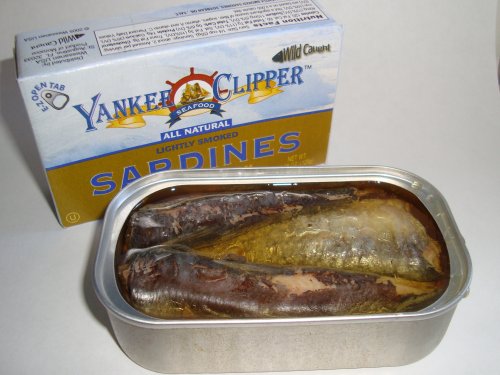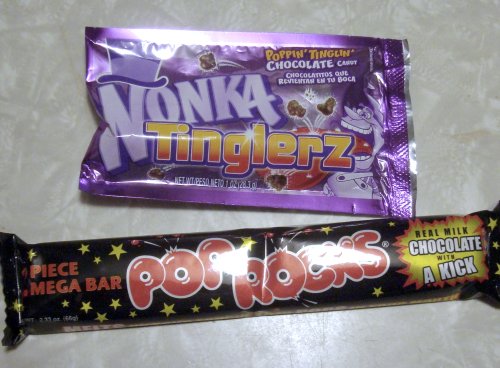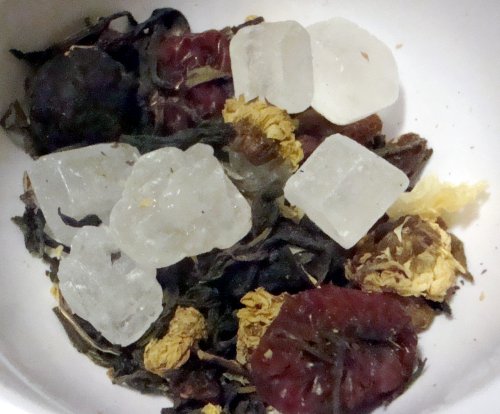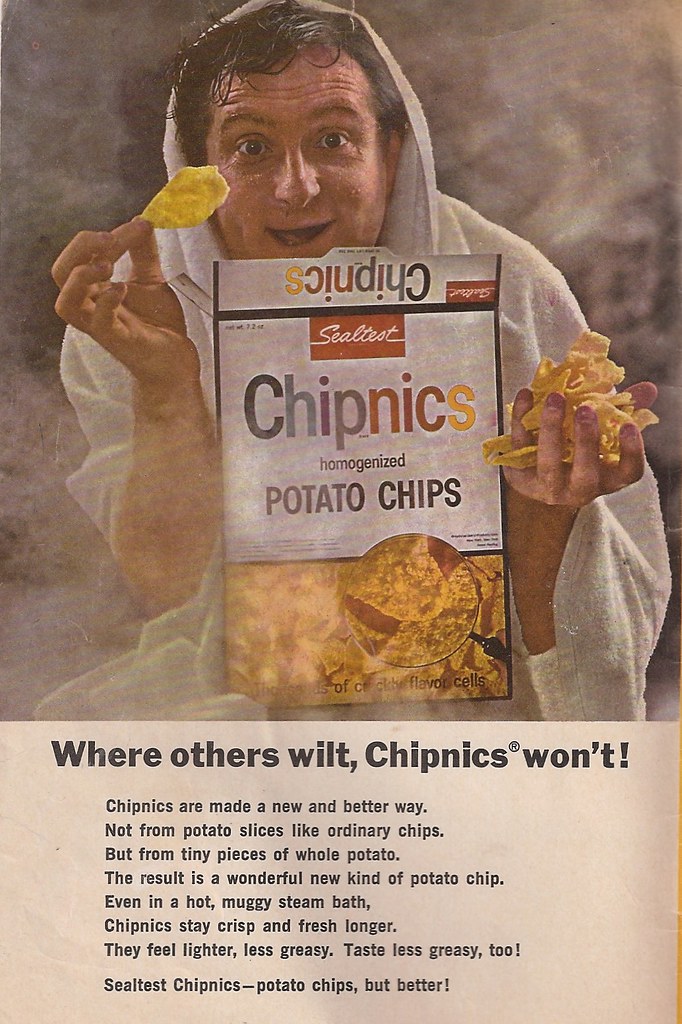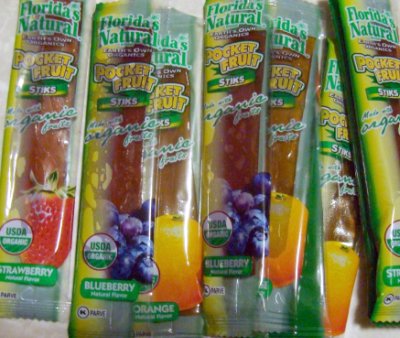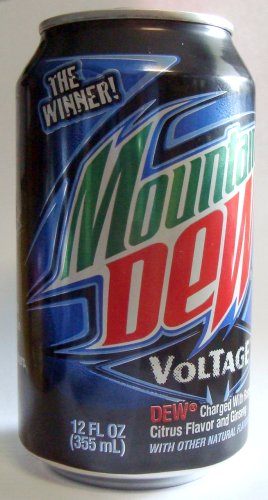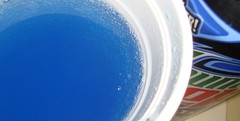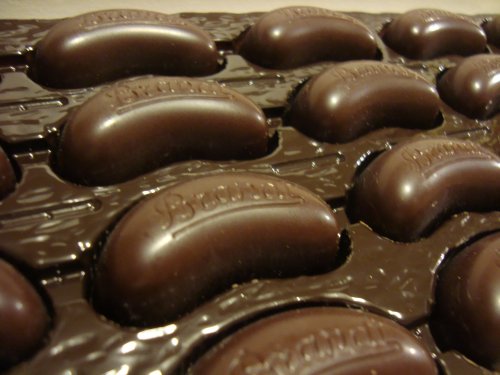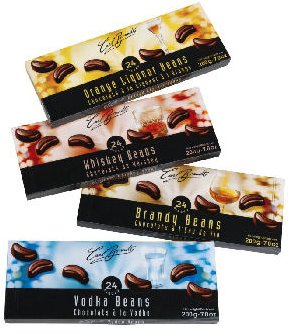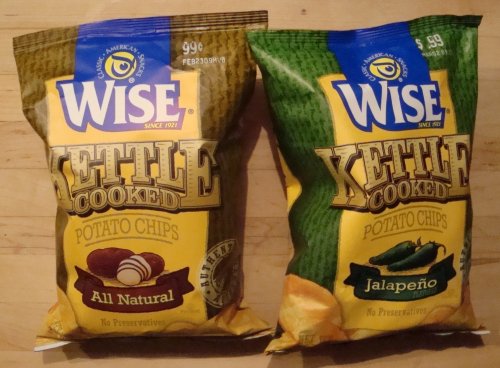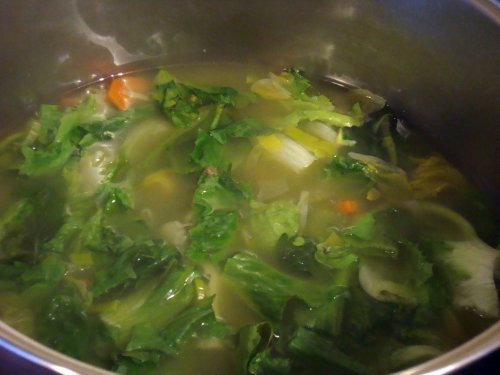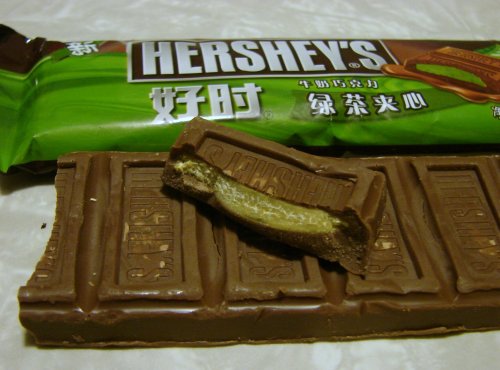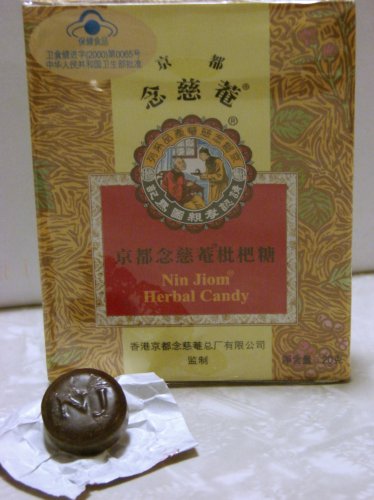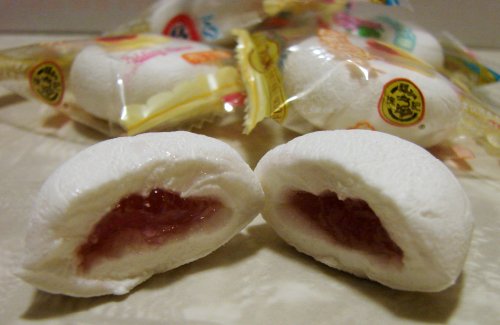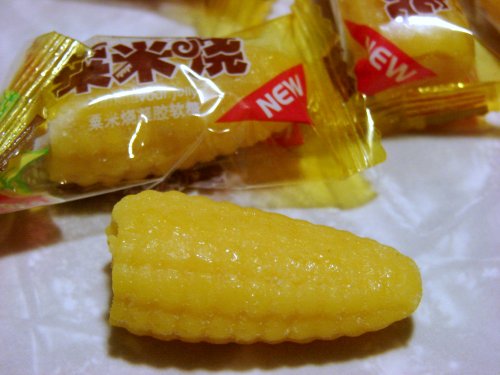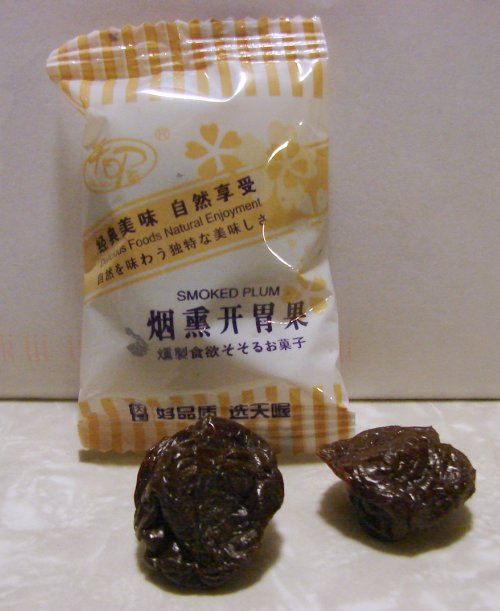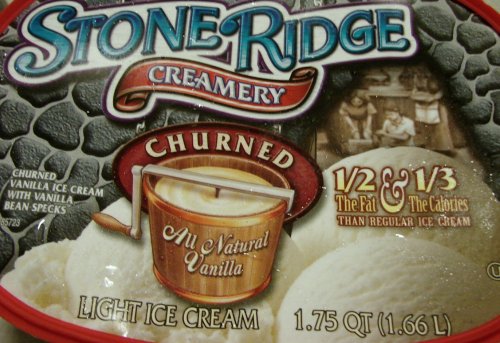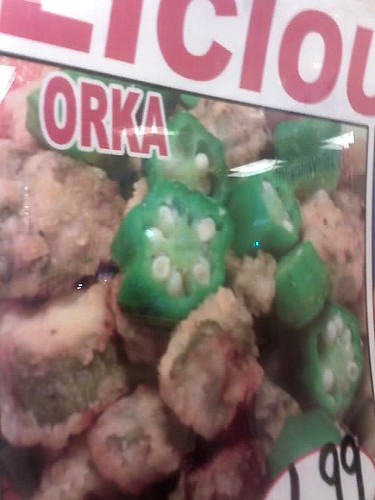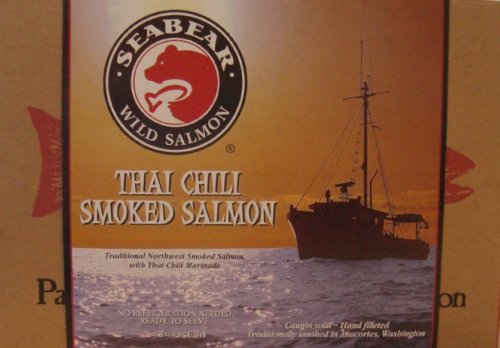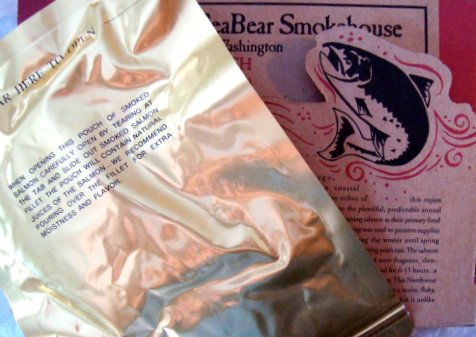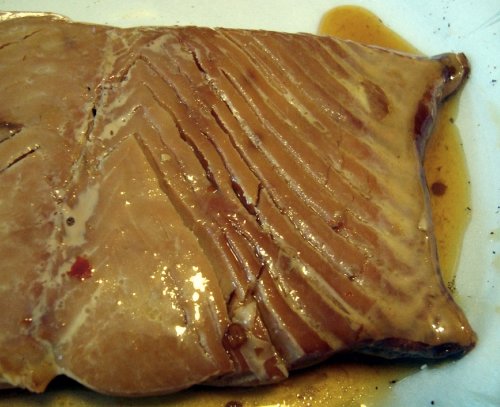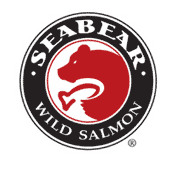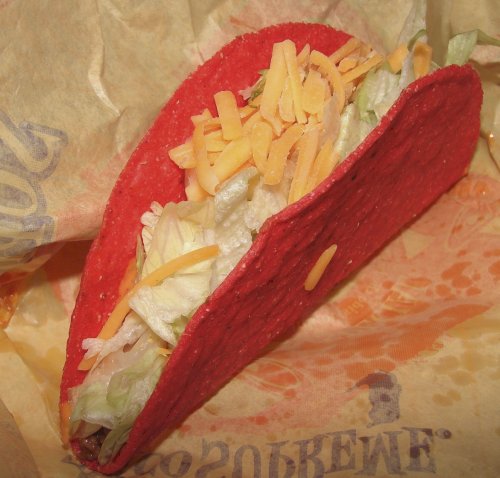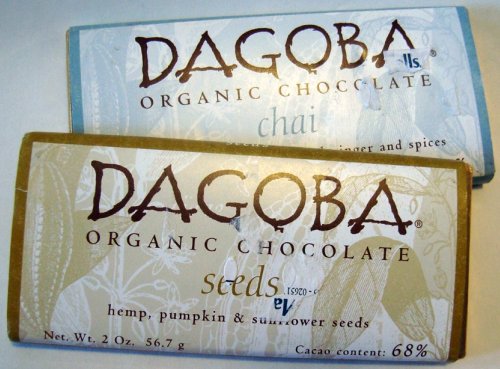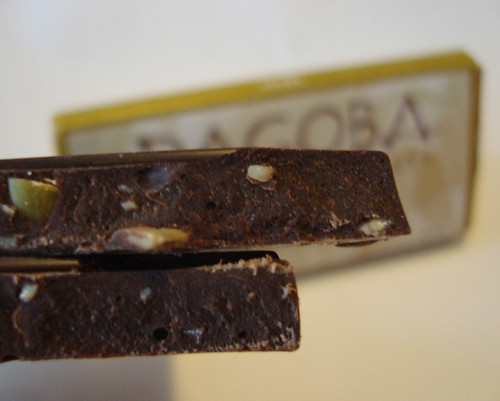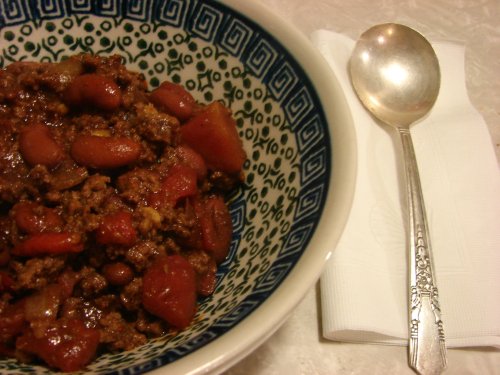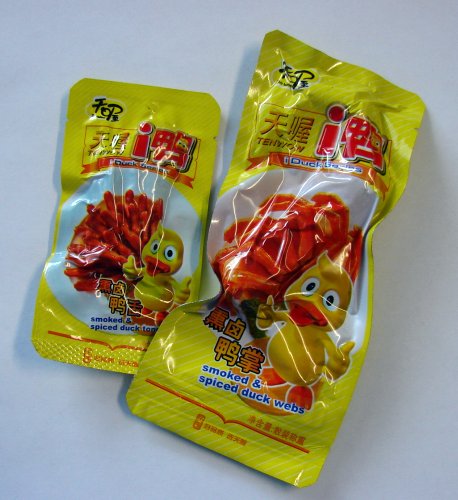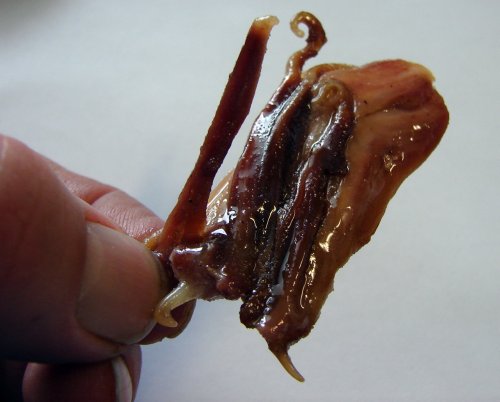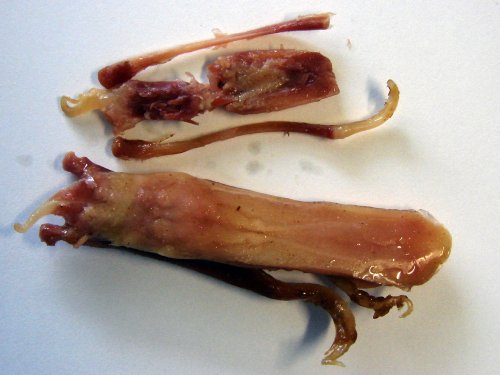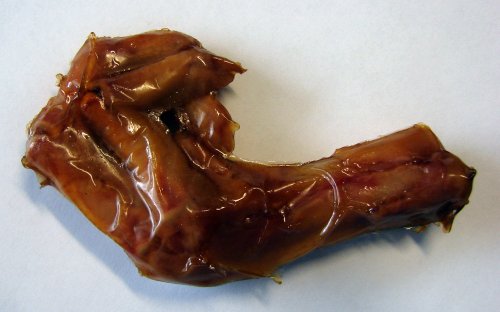Seems like I never go to Big Lots! without finding something interesting to eat. Like these DaBertos Thin and Crispy Pizza Crusts. So obscure that they are virtually unknown on the internet, the rather ugly purple-and-gold  packaging contains three six-inch pizza crusts and a 4-ounce pouch of pizza sauce (the customer provides any other toppings.) Job lot store pizza! Really, how could I resist?
packaging contains three six-inch pizza crusts and a 4-ounce pouch of pizza sauce (the customer provides any other toppings.) Job lot store pizza! Really, how could I resist?
 packaging contains three six-inch pizza crusts and a 4-ounce pouch of pizza sauce (the customer provides any other toppings.) Job lot store pizza! Really, how could I resist?
packaging contains three six-inch pizza crusts and a 4-ounce pouch of pizza sauce (the customer provides any other toppings.) Job lot store pizza! Really, how could I resist?The pizza crusts are really interesting. Dense, quarter-inch-thick disks of semi-moist bread; they have a strong yeasty smell and look like they were die-cut from vast sheets of partially-baked flatbread. The bottom side is riddled with small holes at 1-inch intervals, sort of like a giant saltine cracker without the salt. Following the package directions, I brushed each crust lightly with a bit of olive oil before spreading it with a third of the contents of the sauce pouch. To my surprise, the sauce was actually pretty good commercial pizza sauce: Not as thick as tomato paste, but with a good thick body; not too sweet; a good bouquet of herbs like oregano, marjoram, and basil; a touch of garlic. I topped each sauced disk with a generous sprinkling of finely shredded mozzarella and a few slices of pepperoni, then slid them into a 425 F oven for the recommended 8 minutes. Victory!
 Three delicious little pizzas - one each for my wife, my daughter, and me - each with a thin, flaky, and very crispy cracker-style crust.
Three delicious little pizzas - one each for my wife, my daughter, and me - each with a thin, flaky, and very crispy cracker-style crust.Ordinarily, I'm a fan of the thin-but-not-crispy style crust on New Haven and NY style pizzas. But every now and then, I really enjoy a thin and crunchy crust. Most of the time, I buy a cheap-ass frozen pizza to fulfill that kind of craving. The down side, of course, is that I also get cheap-ass frozen pizza sauce that tastes like tomato juice and pencil shavings, and crappy grade-D cheese when I do that. DaBertos gave me the crunchy crust along with some very tasty sauce, and then left the quality of the other ingredients entirely up to me. Not gourmet dining, to be sure, but it hit the spot in that strange way that only cheap refrigerator-case pizza can provide.
.


